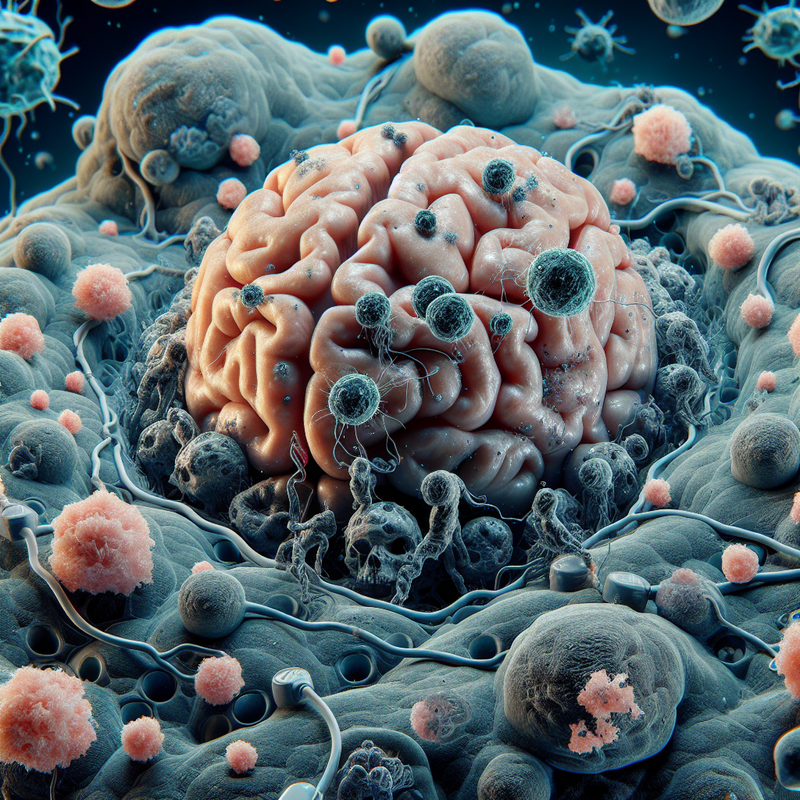Emerging Therapy: A Ray of Hope for Glioblastoma Patients
In the realm of oncology research, a recent preclinical study has yielded promising results in the fight against glioblastoma, an aggressive and often deadly brain cancer with a typical survival period of less than five years post-diagnosis. Researchers discovered that vortioxetine, a medication commonly prescribed for depression and possessing FDA approval, may hold the potential to restrict the proliferation of glioblastoma cells. The drug’s efficacy was observed in tissue cultures derived from human patients and in mouse models, albeit it isn’t positioned as a complete remedy for the condition.
Promising Results from Early Investigations
The investigative effort was spearheaded by molecular biologist Sohyon Lee of ETH Zurich and her team. Within their investigation, 132 pharmaceutical compounds were assessed for their impact on human glioblastoma samples from 27 patients. These compounds spanned a gamut from antidepressants to antipsychotic and Parkinson’s disease treatments, generating a substantial data set of more than 2,500 interactions with the disease. Notably, vortioxetine stood out for its capacity to impede the division of cancer cells, a pivotal trait for a drug that is already sanctioned by the FDA for managing major depressive disorders.
Michael Weller, a neurology expert from the University Hospital Zurich, highlighted the importance of vortioxetine’s mechanism, which involves triggering certain signaling pathways that ultimately hinder cancerous cell multiplication. Additional research methods, including the utilization of MRI technology to observe mouse brain tumors, revealed that tumors in mice treated with vortioxetine were significantly smaller than those in the control group and those treated with citalopram.
Importantly, when vortioxetine was used in concert with conventional chemotherapy, the survival rates of the mice improved. The detailed observations showed a clear superiority of vortioxetine over citalopram in inhibiting tumor growth and spread, showcasing its effectiveness 38 days after the induction of the tumor.
Nevertheless, caution has been advised by Weller and his colleagues against any unsanctioned use of vortioxetine by patients, citing the unknown variables surrounding its efficacy and the appropriate dosing in humans. Hence, further clinical trials are essential to ensure safety and determine the drug’s therapeutic potential.
The enthusiasm generated by the study’s success is echoed in the words of molecular biologist Berend Snijder of ETH Zurich: “From a deadly brain tumor, we have managed to identify existing medications with the capability of combatting it. We now understand the mechanisms behind their effects and are on the brink of translating this into clinical trials.”
With the study’s findings published in Nature Medicine, a novel path unfolds for the estimated quarter of a million individuals diagnosed with glioblastoma each year. This development not only offers a semblance of hope but also opens up a potential new front in glioblastoma treatment using FDA-approved antidepressants specifically targeting brain cancer.







